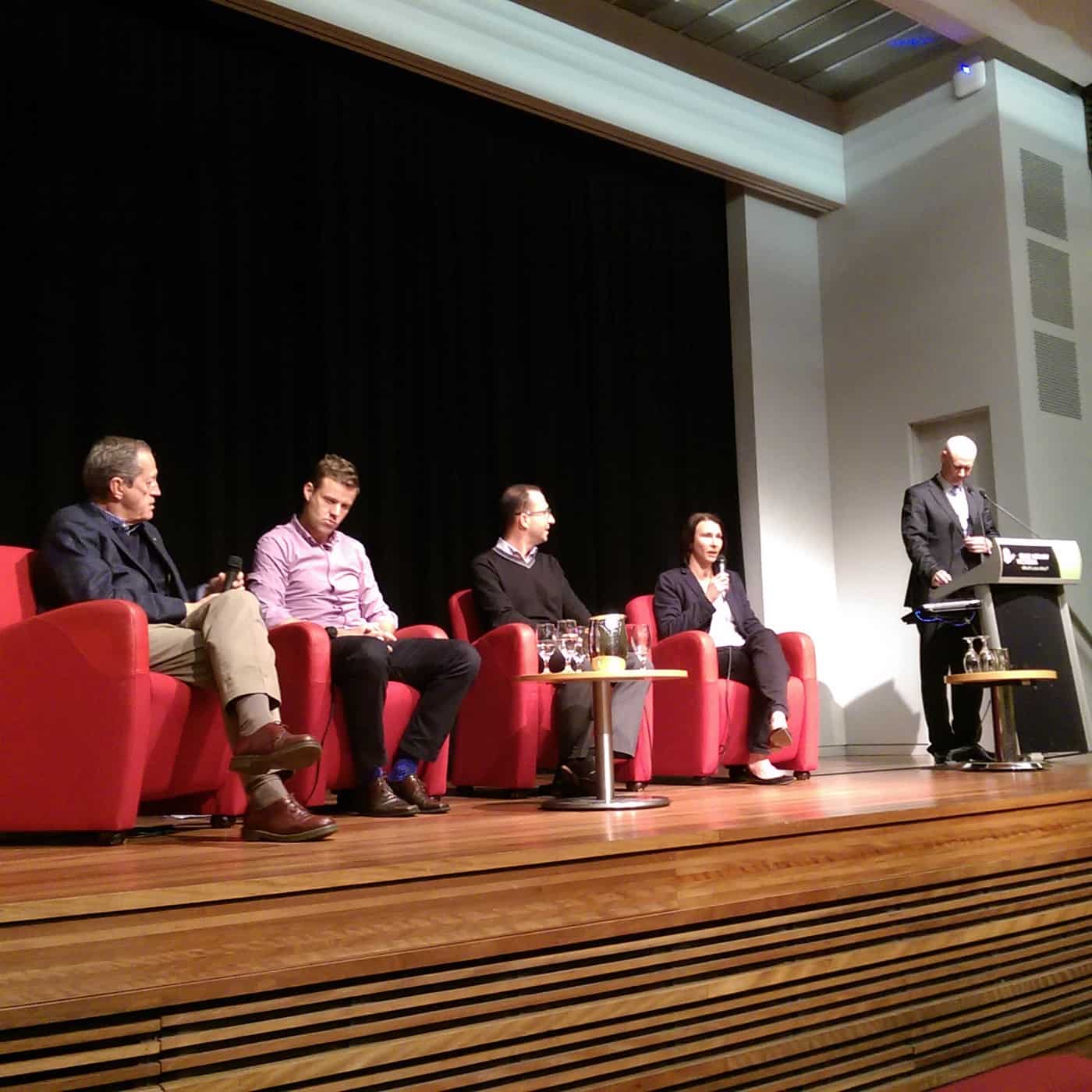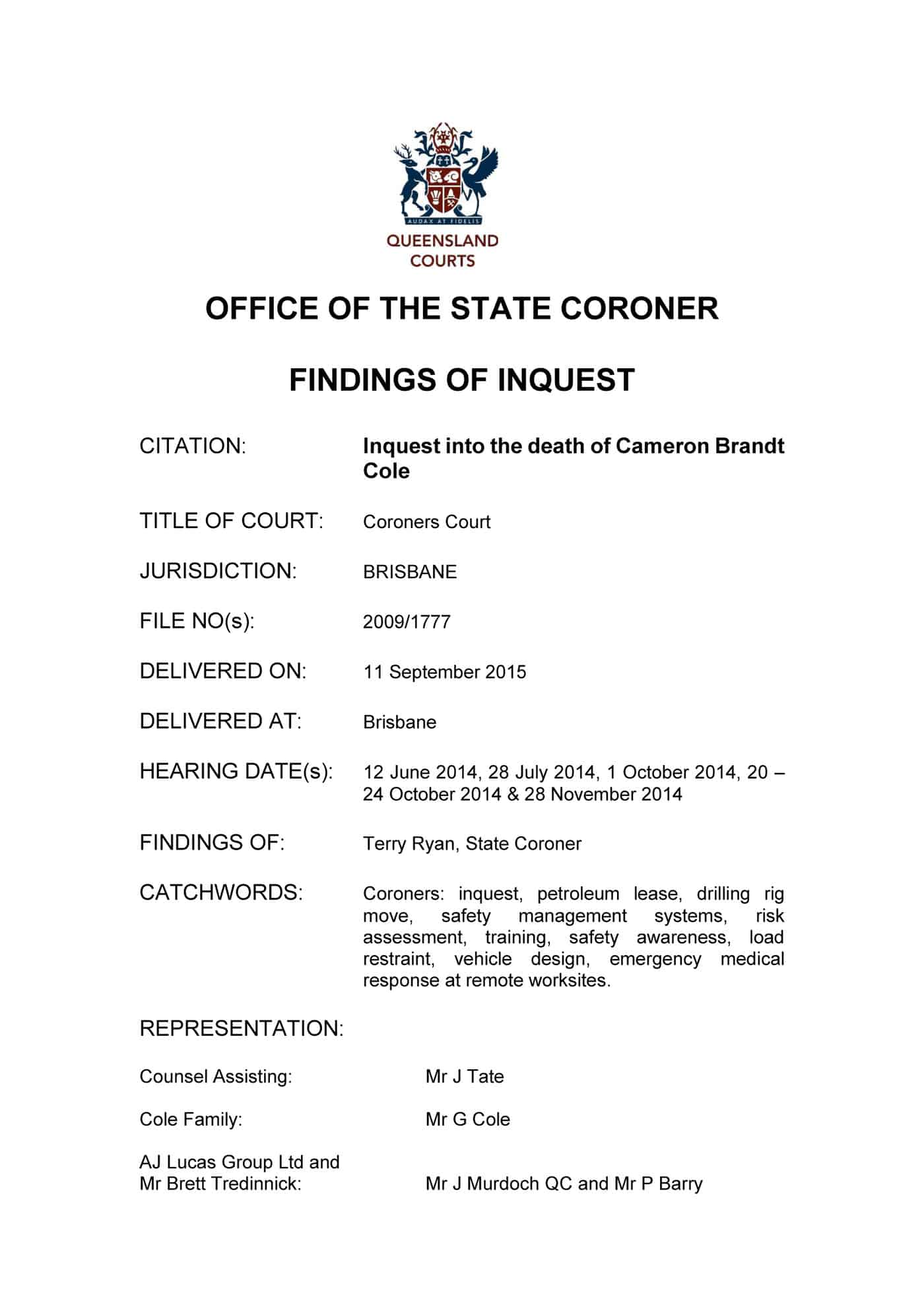Recently an Australian law firm, Herbert Smith Freehills, conducted a series of seminars that provided a different perspective on issues related to workplace mental health and safety.
Category: ergonomics
A possible change in approach on quad bike safety
The Federal Chamber of Automotive Industries (FCAI) is an integral stakeholder in the improvement in the safety performance of quad bikes. However, some of its past strategies have been belligerent, divisive and have limited the safety debate. There are hints that the FCAI’s communication strategy has changed and this can only be for the better.
On October 1, 2015, FCAI issued a media release that was a gentle questioning of the Star Safety Rating program recently advocated by quad bike safety advocates and researchers. The FCAI says that the research on which the rating system is based
“…does not correlate with real world performance is premature and needs to be further explored.”
Continue reading “A possible change in approach on quad bike safety”
OHS is in sports but by another name
After writing a recent article about the relevance of occupational health and safety (OHS) laws to sporting clubs, I attended a sports medicine seminar to access a different perspective on workplace safety.
 Having never played sports outside the obligatory high school activities, which in my high school also included snooker?!, the world of locker rooms and team sports is foreign. But earlier this week I learnt that where OHS professionals talk about productivity, sportspeople speak of performance, and where factories address line speed, sports physicians talk of load management. I also learnt that professional sportspeople are exempt from workers’ compensation.
Having never played sports outside the obligatory high school activities, which in my high school also included snooker?!, the world of locker rooms and team sports is foreign. But earlier this week I learnt that where OHS professionals talk about productivity, sportspeople speak of performance, and where factories address line speed, sports physicians talk of load management. I also learnt that professional sportspeople are exempt from workers’ compensation.
Death from a well-known hazard – culture is only part of the answer
 A coronial finding in Queensland in September 2015 illustrates how daily activities can lead to tragedy but also the role of safety culture.
A coronial finding in Queensland in September 2015 illustrates how daily activities can lead to tragedy but also the role of safety culture.
According to one media report, in investigating the 2009 death of 24-year-old Cameron Cole who was hit as a pipe rack fell from a truck, the Queensland Coroner, Terry Ryan, found that
“…the semi-trailer had been over packed, not properly secured and there was no exclusion zone around the vehicle when the load was being released.”
From this event the Coroner makes many recommendations about the safety management of work practices at that time. Many of these reflect common work practices that exist to this day on many Australian worksites.
FIFO mental health challenges the way we do business
Sedentary work research features at ergonomics conference
The current International Ergonomics Congress in Melbourne seems to be successful in a number of ways:
- The size and variety of its program
- The quality of its keynote speakers
- Out of 900 delegates, 600 are from outside Australia.
Where it seemed to be less successful was in its profile outside of the ergonomics profession. The information available, some identified on other blog articles, has relevance well beyond ergonomics and it is disappointing that the conference was not marketed more to the general occupational health and safety (OHS) profession. (It should have been possible to exceed 1000 delegates just from local promotion.) The OHS profession needs livening up and have its body of knowledge expanded to areas that both support and challenge its own principles and processes.
Sedentary Work
A major thread in the Congress was the issue of sedentary work, something discussed by the first day’s keynote speaker, Professor
Ergonomics conference provides good, free knowledge
The 19thTriennial Congress of the International Ergonomics Association (IEA 2015) is currently running in Melbourne Australia with 900 delegates, of which 600 are from outside Australia. It offers a fascinating (online) library of ergonomic and occupational health and safety (OHS) research. Below is a sample of the research on offer picked, largely, at random.
It seems unnecessary to state that ergonomics is an essential part of the knowledge base of safety and production but ergonomics still seems to be a “dark art” to many. This is acknowledged by many in the sector and is summarised well by Ruurd N. Pikaar
